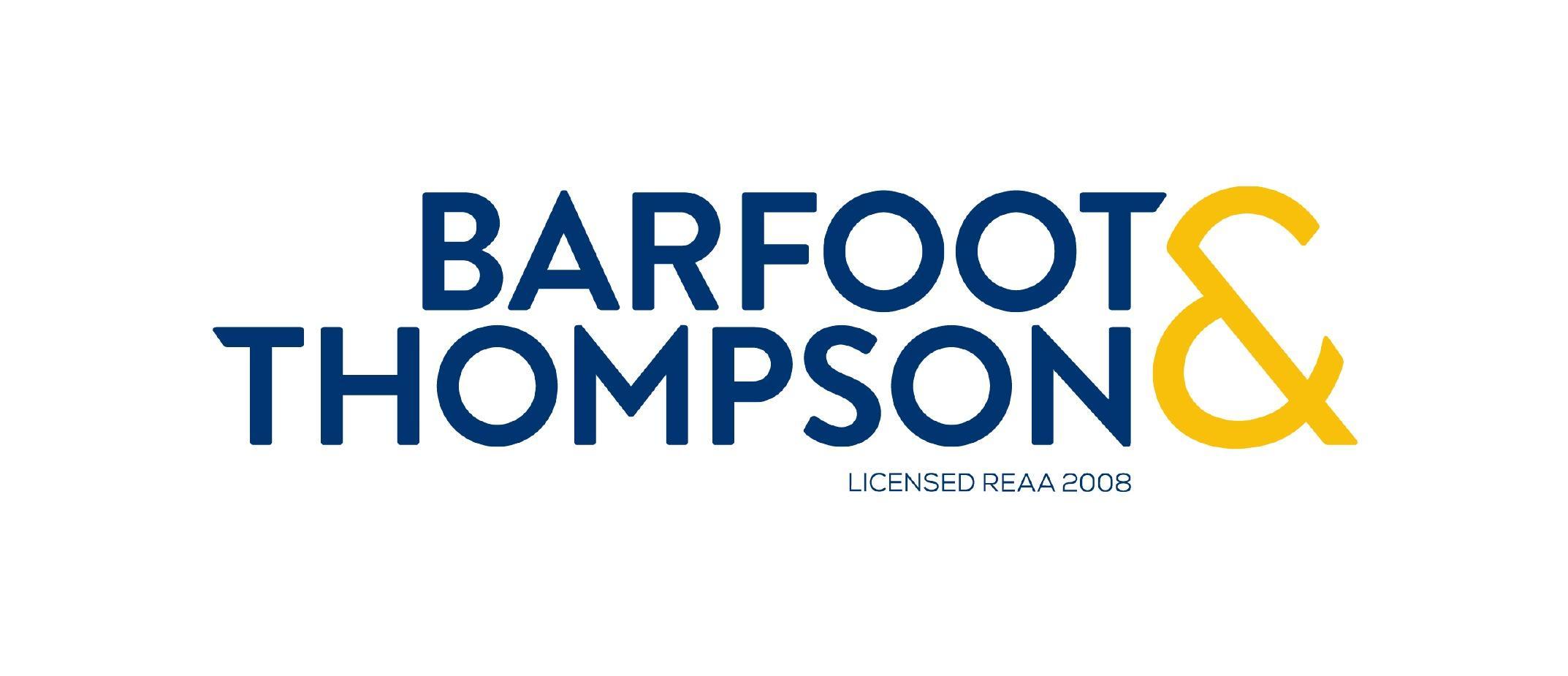Following the recent Court of Appeal decision on Holler & Rouse v Osaki,
the Tenancy Tribunal prepared Practice Note 2016/1 outlining,
to its adjudicators, how applications relating to tenant liability for damages are to be treated from 1st August 2016.
As an aside: For those who are unfamiliar with Holler, the case hinged on whether a residential tenant would be protected by the exoneration clauses
(ss 268-269) in Part 4 of the Property Laws Act. The sections mandate that where damage occurs (that that landlord is insured for), the tenant/lessee
cannot be required the meet the costs of repair. The exceptions to this general rule are 1) where the damage was caused intentionally; 2) where
the damage is a result of an imprisonable offence; or 3) if the tenant acts or omits to act thereby preventing insurance funds arising from the damage
from being paid to the landlord. Previous to Holler, the presumption was that ss268-269 only applied to commercial leases. But
not anymore. Holler is significant insofar as declaring that residential tenants now enjoy the benefits of their landlords’ insurance
policies in the same manner as their commercial counterparts do and have been enjoying since 2007.
Needless to say, this is an alarming development tipping the balance of residential tenancy laws in this country to favour tenants even more. To
give tenants exclusive possession (and therefore full control of how the properties are being used) but not financially disincentivise them when they
fail to be responsible is tantamount to arming a child with a livewire and a lighter and shrugging your shoulders when the bomb goes off. It
seems that Holler has created a fundamentally inequitable disjunction between the ability to control (whether damage occurs) and ultimately,
financial responsibility (for when damage does occur). It is just not right. Rest assured that APIA and the NZPIF continue to advocate
vigorously on behalf landlords to all levels of government. We would appreciate your feedback on how Holler is impacting your business.
In the meantime, as the rule book has changed in relation to damages to rental properties, let’s pull apart the Practice Note and look at it section by
section. Note that the analysis/observations below are by no means legal advice. The rules will be put in practice from 1st August onwards
and more clarity will be had as future claims are adjudicated in accordance to this Practice Note.
| ORIGINAL TEXT | ANALYSIS/OBSERVATIONS |
|
Tenancy Tribunal Practice Note 2016/1 Tenant Liability for Damages |
|
| This Practice Note is produced in response to the decision of the New Zealand Court of Appeal in Holler & Rouse v Osaki [2016] NZCA 130. It reflects the findings of the Court on the matter of a tenant’s right to be exonerated from liability for damages in certain situations, and in particular incorporates the relevant provisions of Part 4 of the Property Law Act 2007. |
|
|
APPLICATION OF THIS PRACTICE NOTE This Practice Note is issued pursuant to section 115 of the Residential Tenancies Act 1986 and takes effect from 1 August 2016. It applies in all applications to the Tenancy Tribunal in which a landlord claims damages compensation from the tenant, for damage done In this Practice Note: – “the landlord” means the owner, or his or her property manager or other authorised agent; – “the tenant” means the person or persons named on the Tenancy Agreement as tenant parties to the agreement; – “the Act” means the Residential Tenancies Act 1986; – “PLA” means the Property Law Act 2007; |
As this Practice Note is issued under s115 of the RTA, the effects of these clauses are directives, not mere suggestions, to Tribunal adjudicators. |
| APPLICATIONS BY LANDLORDS FOR DAMAGES | |
| 1. In any claim by the landlord for damages the landlord must first establish, on the balance of probabilities, that the damage occurred during the course of the tenancy and that it exceeds fair wear and tear. |
Note that the onus is on the landlord to establish two things: 1. that the damage occurred during the course of the tenancy – an onus which can be readily discharged with the submission of detailed 2. that the damage exceeds fair wear and tear – there is no statutory definition nor industry accepted standards on fear wear and tear, see balance of probabilities describes the burden of proof in civil cases which requiring you to prove to the adjudicator that |
| 2. If that is established, the tenant must show on the balance of probabilities that the damage was not intentionally caused by either the tenant or any person in or on the premises with the tenant’s permission. For the purposes of section 40(4) of the Act, “the lessee” in the PLA means the tenant, and the “lessee’s agent” means “a person or persons on the premises with the permission, express or implied, of the tenant”, reflecting section 41 of the Act. |
Note that it is only when the landlord had proved the above two elements satisfactorily, would the tenant be required to prove that the damage was not caused intentionally. |
| 3. Where it is established that the damage is careless, the landlord must disclose whether or not the premises are insured for the event from which the damage arose. Where the landlord holds insurance, the landlord must provide the Tribunal with the insurance policy and the Schedule to the policy, the latter being the source of the details of coverage. As with all documents submitted as evidence, two copies of the original must be provided. |
|
| 4. If the landlord has insurance for the event that caused the damage in question, the tenant is exonerated from paying for the damage caused by his or her carelessness, or that of any person on the premises with the tenant’s permission. |
In light of this practice note which removes the statutory safety net for landlords (vis-à-vis damages), we strongly urge all landlords to consider taking out appropriate insurance policies to cover these eventualities. |
| 5. If the damage is intentional, the tenant does not have the benefit of the landlord’s insurance. Compensation can be awarded by the adjudicator in accordance with the provisions of the Act. |
If compensation is awarded to the landlord in this instance then your insurance policy will not be triggered to cover the damage. When this happens, we recommend that landlords consider the amount of compensation, as well as the tenant’s ability to make good on the |
|
6. If the damage was caused by one of the events in section 268(1)(a) of the PLA, (fire, flood, explosion, lightning, storm, earthquake (a) caused intentionally; or (b) the result of an imprisonable offence that occurred on the premises (including the land); or (c) an act or omission by the tenant or his/her visitor caused the insurance moneys to be irrecoverable. |
Note that it is up to the landlord, not the tenant, to prove intention which in many cases can be very difficult to do. |
| 7. In the context of section 268(1)(a), “fire”, “flood” and “explosion” are not required to be catastrophic natural events comparable to lightning and earthquakes. Following the Court of Appeal’s direction, incidents such as cooking fires, a plug left in a sink with a tap running, and explosions generated by fireworks, are included. |
|
| RECOVERY OF THE EXCESS OR DEDUCTIBLE | |
| 8. The landlord cannot be awarded the excess. The excess is “the loss the insured has agreed to bear” in order to lower his/her costs, which is to the insurer’s advantage because the insurer is spared the uneconomic cost of processing and paying out on small claims. |
|
| 9. The general presumption that the excess can be recovered from the party who caused the damage is over-ridden by the specific terms of Part 4 of the PLA. Although premiums and insurance cover are regarded as “costs incurred in arranging the insurance cover” and therefore recoverable outgoings, the excess represents the amount of risk which the insured agreed the accept. It therefore represents a cost of making good the destruction or damage and is covered by section 269 of the Property Law Act 2007 meaning the landlord cannot recover it. |
|
| CONTRACTING OUT | |
| 10. A residential landlord cannot rely on section 271(2), require a tenant, as a term of the tenancy agreement, to pay the excess of any claim the landlord makes against his or her insurance. Section 11 of the RTA prohibits any attempt to have the tenant contract out of rights under the Act. The right to exoneration from liability for damages where the landlord is insured is a right under the Act by virtue of section 142(2). |
That these rules will apply to all residential tenancies in New Zealand without exception. |
| FOURTEEN-DAY NOTICES AND WORK ORDERS | |
| 11. Fourteen-day notices to remedy may not be issued by a landlord to require the tenant to effect repairs to damage to the property. Such matters should be brought to the Tribunal in the form of an application for a work order, to assess whether the tenant can be made to. |
It would seem that there is no longer the ability to issue 14-day notice to tenants for repair. |
| 12. Work orders can be made by the Tribunal where it is satisfied that the damage is intentional or where the landlord is not insured for that event. |
|
|
Dated this 26th Day of July 2016 Melissa Poole Principle Tenancy Adjudicator |














Add Comment